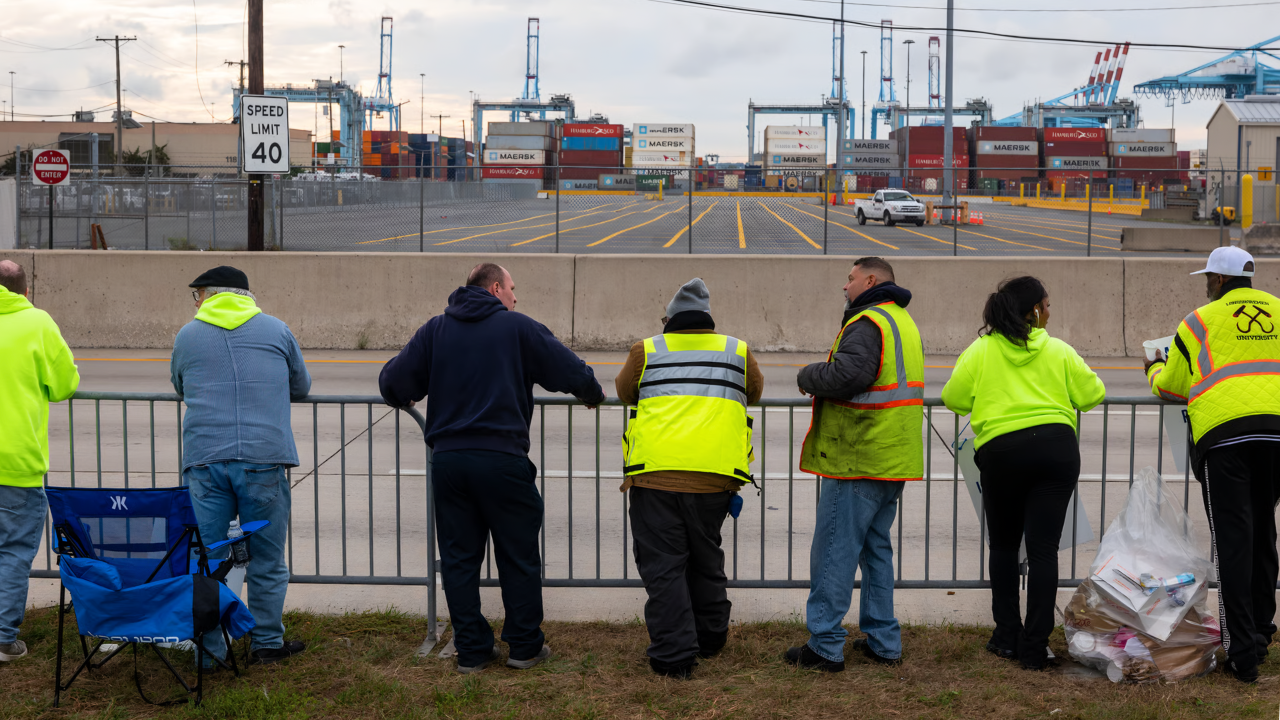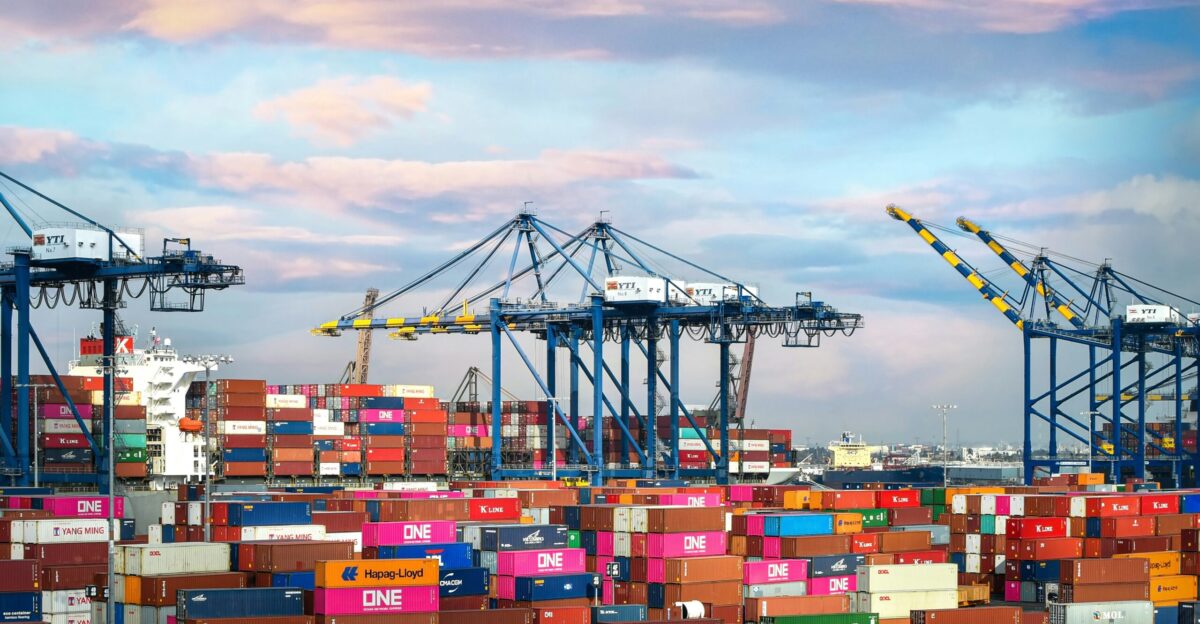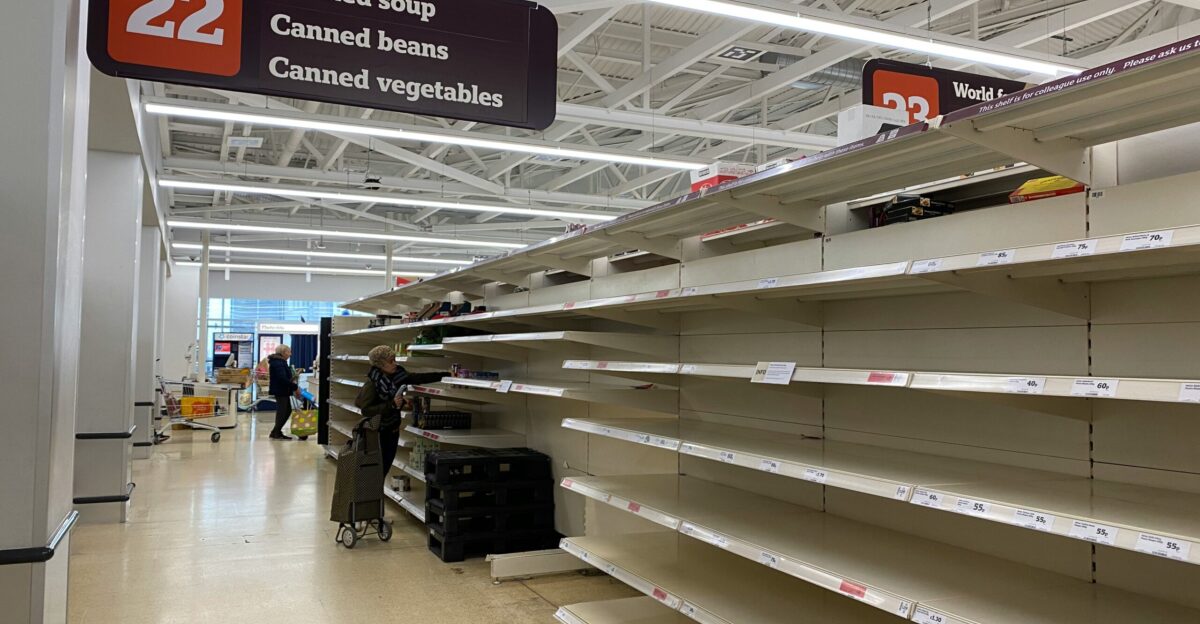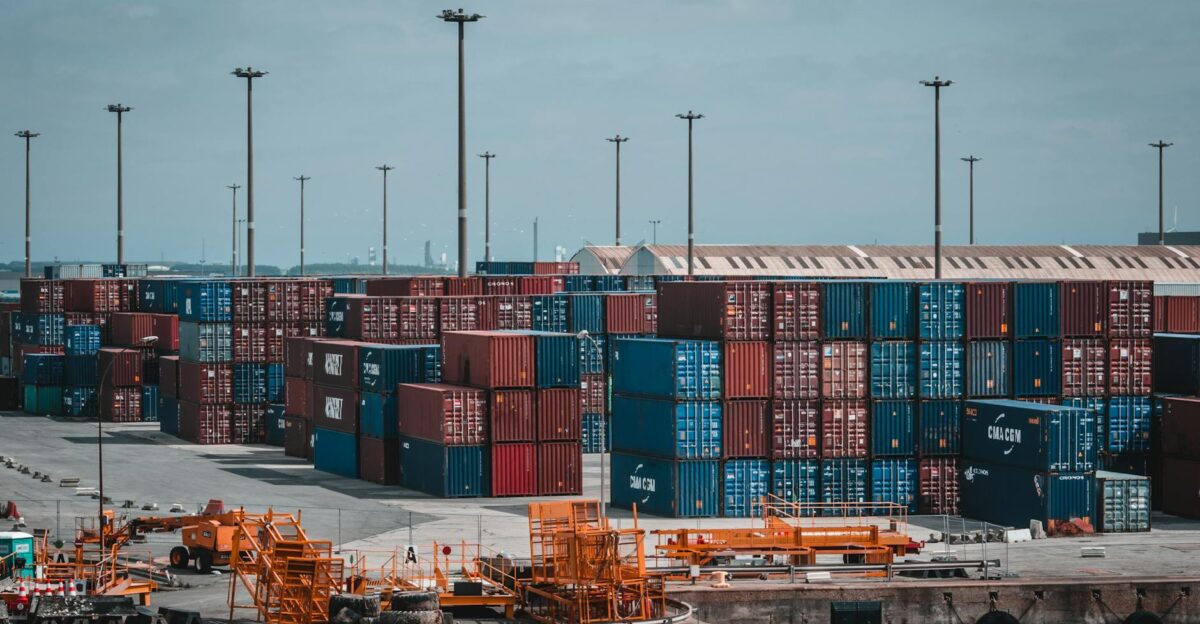
California and Texas ports have cut roughly 1,800 freight and logistics jobs in 2025, marking the steepest decline this year. Dockworkers, truck drivers, and warehouse staff are all affected.
The contraction threatens both local economies and consumers. Empty shelves and rising prices are expected during the holiday season. Here’s what’s behind this sudden upheaval.
What’s Happening at the Ports

California’s largest port complex, Los Angeles and Long Beach, saw nearly a 50% drop in longshore work from late May to early June. Cargo processing slowed sharply, affecting supply chains nationwide.
Texas ports, including Houston and Galveston, also faced layoffs and hiring freezes. Workers arrived at empty job boards, leaving paychecks unpaid. The economic ripple is hitting beyond the docks.
Who Feels the Impact

Longshoremen and dockworkers in Los Angeles went without work for two weeks as of June 7, 2025. Warehouse staff, truckers, and supply chain employees faced similar disruptions.
Harbor-area restaurants and service providers experienced declines in customer numbers. Regional economies that rely on port activity, generating $21.8 billion annually, now face steep losses. But how deep will the ripple effects reach this year?
Consumers Brace for Shortages

Shoppers may face 20–30% empty shelves this holiday season. Rising prices are expected as import volumes drop, straining the U.S. supply chain.
Gene Seroka, Port of Los Angeles executive director, warned on June 13, 2025, “Unless long-term, comprehensive trade agreements are reached soon, we’ll likely see higher prices and less selection during the year-end holiday season.”
Timeline of Declines

Cargo disruptions began in early April 2025 following tariff escalation. The steepest losses occurred in late May to early June, hitting dockworkers hardest.
Ship cancellations, volume contractions, and employment gaps persisted through July and continued into the peak pre-Christmas inventory season. Texas ports faced similar pressures in Q4, keeping uncertainty high for logistics companies.
How Cargo Volumes Plummeted

The Port of Los Angeles processed 25% less cargo than forecast in May 2025, with ship entries cut in half. Seventeen cargo ships canceled planned trips, and import volumes fell 19% month-over-month.
Every 1% cargo drop equates to 2,769 jobs lost and 4,000 more at risk, putting tens of thousands in jeopardy if contraction continues. The domino effect is only starting.
Why Tariffs Triggered Chaos

The Trump administration’s tariffs imposed worldwide starting in April 2025 disrupted shipping schedules and made port calls less profitable. Exporters and importers canceled orders, creating a sudden cargo drop.
The result: a contraction hitting freight jobs, warehouses, and trucks. With demand uncertain, small businesses and regional economies faced immediate strain. Was this collapse predictable?
Invisible Job Losses

Layoffs were subtle: workers arrived to empty digital job boards and went home unpaid. No formal notices marked the beginning of a deep employment crisis.
Truckers, warehouse staff, and dockworkers all faced uncertainty. The “invisible unemployment” magnified economic pain across communities, leaving many questioning the stability of maritime labor markets.
Statements From Port Leadership

Gene Seroka described the collapse on June 6, 2025: “Outside of COVID, this is the biggest drop I’ve seen in my career.” His words highlight the unprecedented scale of the decline.
Union leaders are mobilizing to protect workers. Harold J. Daggett, ILA President, said on October 23, 2025, “Corporations will continue to crush dock worker jobs unless global maritime unions unite to defend our jobs, our families, and our future.”
Regional Economic Toll

Ports supported 165,462 direct and indirect jobs in 2023, contributing $21.8 billion to the local economy. The steep 2025 drop threatens this foundation.
Small harbor-area businesses rely on the spending of dockworkers and logistics employees. Revenue shortfalls are already visible, and regional economies could feel long-term stress if the downturn continues.
Texas Ports Also Hit

Houston and Galveston ports reported layoffs across freight, logistics, and warehouse sectors in 2025. Unlike California, numbers are dispersed across multiple businesses, making exact tallies complicated.
Hiring freezes slowed recovery. Workers and companies alike face uncertainty. The situation underscores how interconnected ports are with national and global supply chains.
Mechanism Behind Job Losses

Cargo cancellations triggered a cascade effect. Fewer ships meant less work for dockworkers, trucks, and warehouses. The contraction amplified economic stress throughout port-adjacent communities.
Weekly wage losses for dockworkers ranged from $21 to $42 million. Consumers faced inventory shortages, and tax revenues dipped. This shows how deeply port activity drives local economies.
Ripple Effects on Businesses

Restaurants, service providers, and small businesses near ports saw immediate declines in revenue as dockworkers lost pay. Reduced income reverberated beyond the docks.
National supply chains also felt strain. Empty shelves, delayed shipments, and potential price spikes foreshadow challenges for retailers preparing for the holiday season.
Freight Job Collapse in Numbers

California lost nearly half of its longshore work orders between late May and early June. Every 1% cargo drop endangered thousands of jobs across multiple sectors.
Combined with Texas layoffs, the total impact hits roughly 1,800 positions. Financial and employment stress could extend well beyond port cities. The question remains: can recovery happen quickly?
Looking Ahead: Risks and Recovery

Unless comprehensive trade agreements stabilize shipping, cargo volumes, and employment may remain suppressed. Ports and related sectors face continued uncertainty.
Union advocacy and coordinated trade strategies will be critical. The next few months could determine whether 2025 becomes a historic low point for U.S. freight jobs.
Holiday Season at Risk

Port’s employment downturn suggests that 20–30% of shelves may be empty during peak holiday shopping. Consumers and retailers could face significant shortages.
The combination of job loss, delayed shipments, and tariff uncertainty makes this a pivotal year for U.S. supply chains. What lessons will policymakers take from this disruption?